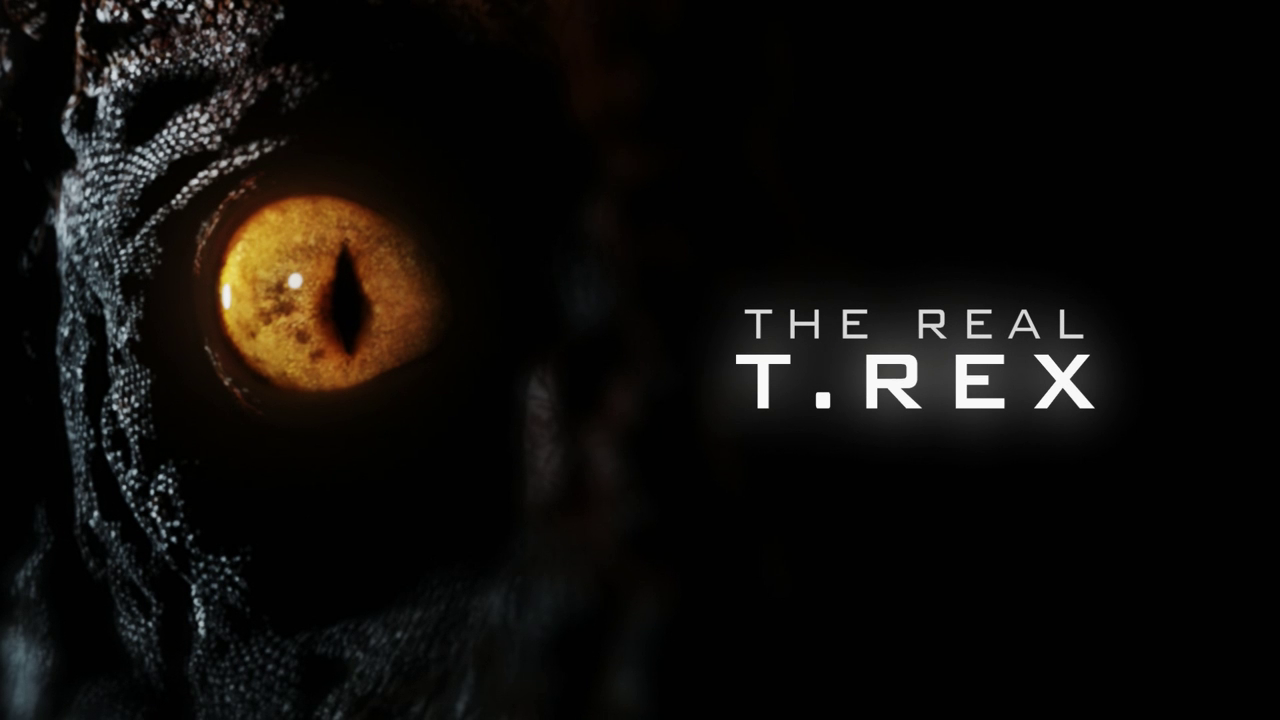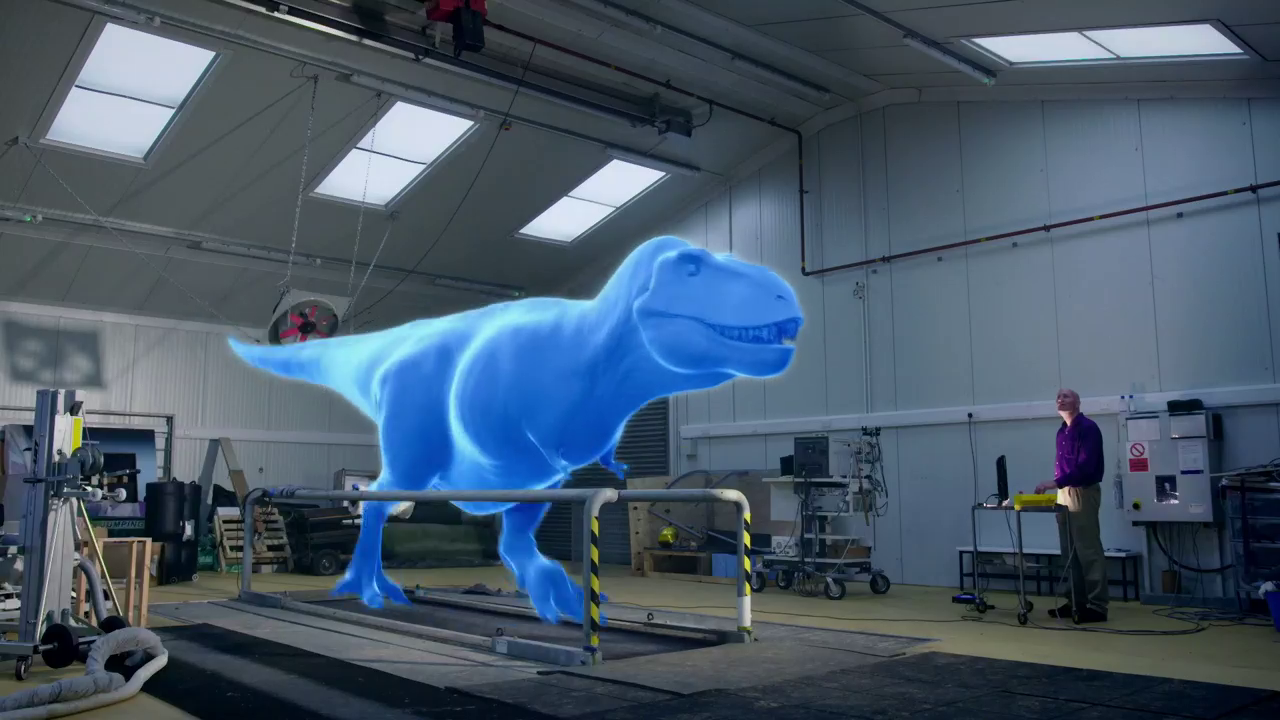You are here
CBC The Nature Of Things (2018.10.21) The Real T. Rex
Primary tabs
| Size | Seeds | Peers | Completed |
|---|---|---|---|
| 847.66 MiB | 1 | 0 | 39 |
| File | Duration | Resolution | Video Format | Audio Format |
|---|---|---|---|---|
| CBC-TheNatureOfThings.20181021.TheRealTRex.1280x720.mp4 | 44m8s | 1280x720 | AVC | AAC |

 .
.
Join an investigative journey around the world to uncover the mysteries of the most famous dinosaur super-predator: the Tyrannosaurus rex.
We begin near the Canadian border, in the badlands of Montana with Dr. Greg Wilson, where a T. rex fossil is pulled from the 65 million-year-old rocks. These bare bones provide the first glimpses of a real T. rex, but in Berlin, we find something special — a fully articulated skeleton. A T. rex ("Tristan") is revealed, and through CGI and other latest discoveries, scientists begin to fill in the gaps.
In swampy landscapes of Alabama, paleontologist Dr. Gregory Erikson explores the power of T. rex's formidable jaws by comparing them to modern alligators.
In a medical facility in Ohio, Dr. Lawrence Witmer uses CT scanners to look inside fossilized skulls and find the precise shape of T. rex's brain. He finds supersized sensory zones and surprising intelligence, very similar to that of a modern bird. With these new revelations, a picture of T. rex as a cunning hunter starts to emerge. But there is more to learn; the inner ear indicates that T. rex could hear infrasounds.
In a studio in Berlin, Dr. Julia Clarke debunks one of the biggest myths surrounding T. rex — it could not roar. Instead, it would have made deep, closed mouth vocalizations. Using the sounds of the closest living relatives to T. rex, scientists give T. rex a voice.
How did T. rex move? Armed with a drone, footprint expert Glen Kuban embarks on a prehistoric paddle in the rivers of Dino-State Park in Texas, where exposed dinosaur footprints form long trackways. Contrary to the belief of earlier scientists, T. rex was no taildragger. It held its tail high and walked like a bird.
In the UK, biomechanics expert Dr. John Hutchinson combines the drone trackway data with locomotive data of flightless birds to work out just how fast T. rex could move. He reveals that the huge tail was not a drag but the source of T. rex's locomotive power — but that there were limits. By putting a virtual Tristan on a treadmill, he finds what happens when T. rex goes too fast.
Dr. Julia Clarke adds the final details to Tristan's appearance. Microscopic samples of fossilized dinosaur evidence of colouration provide a palette based on melanin, similar to modern birds of prey. Julia speculates that, like flightless birds today, feathers may have patterned its coat.
Just before Tristan is complete, we take a final a trip to Alberta, Canada, to meet legendary paleontologist, Dr. Phil Currie. He suggests that, based on the evidence of fossil bone beds, T. rex may have been a social predator that lived in a pride, like African lions. Inspired by this discovery, a feathery lion's mane is added to Tristan — before setting T. rex free — in all its monstrous glory!
- Log in to post comments
